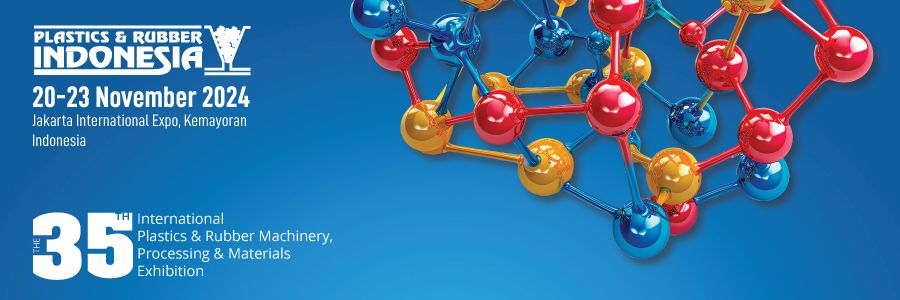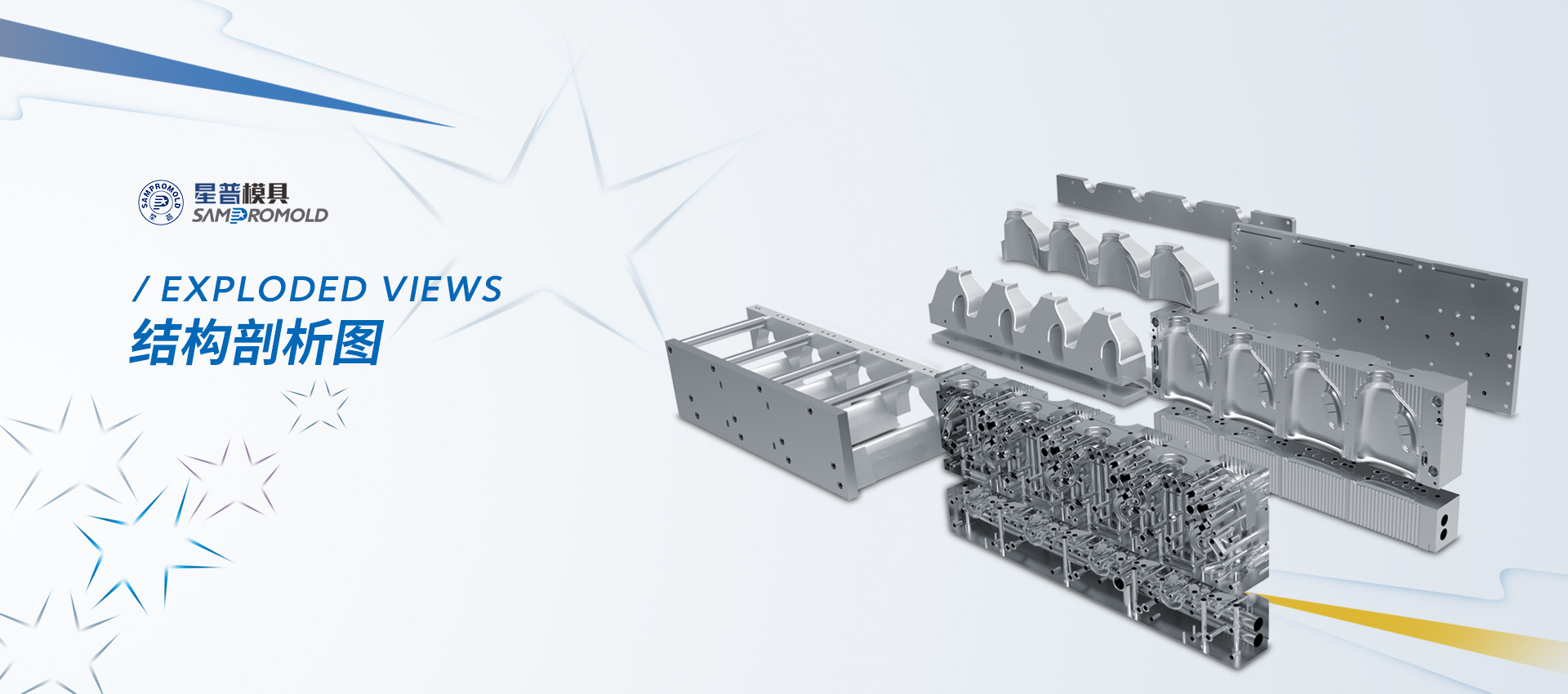How do plastic mold manufacturers handle white edges?
Time:
2024-04-10
How do plastic mold manufacturers handle white edges? For those who don't understand this profession, the primary consideration is material replacement. Why do we say that? Because this is a method that many people who don't understand plastic injection molding know, but this method has a flaw, which is wastage. Is there no other solution besides material replacement? So how is the white edge formed?
White edge is a unique injection defect in modified polyethylene and organic glass, mostly appearing on the edge of the workpiece near the parting surface. The white edge is a collection of stretching oriented molecules that are straight in the direction of the material flow and the fine gaps between them. There is still a polymer connecting phase in the white edge direction, so the white edge is not yet a crack. Under appropriate heating, it is possible to restore the naturally bent state of the stretching oriented molecules and cause the white edge to decay.
Solution for plastic mold manufacturers:
During the production process, it is important to adhere to the tight fit of the template parting surface, especially in the area around the mold cavity, which must be under truly sufficient locking force to prevent longitudinal and transverse expansion of the mold.
Reduce injection pressure, timing, and material quantity, and reduce molecular orientation.
Applying oil-based release agent to the white edge of the mold surface not only makes it difficult to transfer heat in this direction and maintains more heat at high temperatures, but also may cause the white edge to be compressed and reduced.
RELATED NEWS













